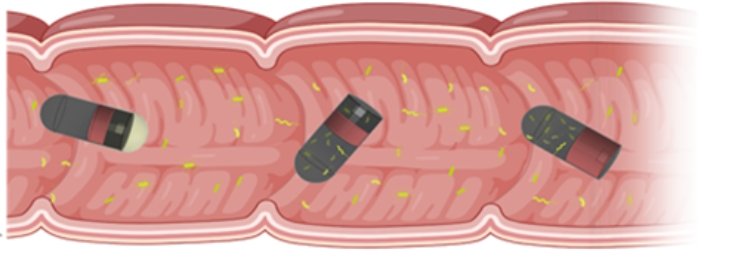“Entrepreneurial eco-system is missing�
October 01, 2015 | Thursday | Interviews | By Rahul Koul Koul
“Entrepreneurial eco-system is missing�
Is there enough funding support available for indigenous medical technology development? What steps should government take to bring 'Make in India' campaign to this sector?
Yes and no as there are enough funding resources available but at the same time takes enormous time to get it. By then the students change their mind and move on to something else. What is worst is that the entrepreneurial eco-system is missing It is not enough to have funding and the government initiatives. The entire product-lifecycle eco-system is needed. For a successful product there are so many other things needed, manufacturing for scaling, business strategies, patenting, regulatory bodies, academia industry relation, and social.
Education system in India needs revamping - the students should be encouraged hand-on experience in the college level, and their parents have to support entrepreneurship. It is big task, I wish the government sets up this eco-system in a mission mode. Look at the MIT and Stanford eco-systems. Let us not copy their eco-systems here, but let us adopt to our environment. Similarly, German eco-system is another which is thriving.
What was the idea behind taking up this project on indigenous cardiopulmonary resuscitation (CPR) mannequin? How much time did it take to develop it? Any challenges?
We were simulating "Heart Attack Patient" for a research project. A mannequin has all the physiological signals of a real heart attack patient. This is designed for training a cardiologist diagnosing what type of heart attack the casualty has and subsequently for treating the patient. The treatment includes CPR as one of the intervention techniques. This is where we came across CPR.
It took us about four years. Initially we came up with a simple design, completely mechanical, do not involve electronics, does not involve electric power so that it could be used in remote villages. However, it was not appealing to the users, and they wanted more and more electronics, perhaps we are still in electronics era. It will be some time before the world starts appreciating things that don't involve electric power.
In what ways will this CPR mannequin be useful for medical students & researchers?
CPR is a basic first-aid technique that all the medical community (professionals, students and paramedics) should have skills mandatorily. However, in practice this does not happen. There are number of reasons for this including unavailability of training simulator mannequin, and cost of the training simulator mannequins. Only few hospitals in India could afford good simulators. There are some chinese make simulators that costs less; though these low-end simulators could help in learning basic skills, some critical CPR skills cannot be learnt. During Medical Council of India (MCI) visits for certification, most hospitals borrow these simulators on loan from other institutes or from vendors directly.
Our mannequin TouchGuru:CPR is a hi-fidility mannequin that simulates the non-linear chest compressions. Our research study shows that those trained in our mannequin perform better in the final CPR skills testing.
Are you planning to transfer the technology to industry for scaling up the production? How big is the market for such technologies in India?
Yes, we are looking for manufacturers who could scale the production. We will be happy to transfer the technology for licensing terms.
There are two markets: Indian and Foreign. The awareness of CPR in India is very less, and in the coming days awareness is exponentially increasing. We are working with NGO and private institutes to create this awareness first. In India we would expect every teaching hospital own a couple of them.
There of more than 600 teaching hospitals. Apart from the medical institutes, there are much more nursing colleges and paramedic institutes. Army would need about 2000 of them. Every higher secondary school could own it, there are more than a lakh such schools in India. Every college can own it, there are about 35000 of them. Every IT industry could own one. Apart from the Indian market, we are eying the foreign market as well. As our technology is a unique technology, we believe we can displace the existing market a bit.










